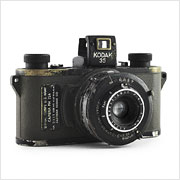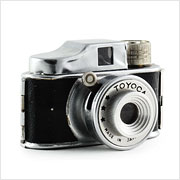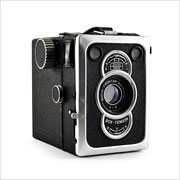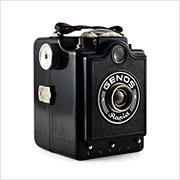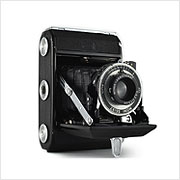Kodak PH-324
The Kodak PH-324 was the military version of the Kodak 35 built by Eastman Kodak on behalf of the United States Army Signal Corps for service during World War II. Mechanically, it was identical to the 35 with the only major differences being an olive drab green and black finish.

